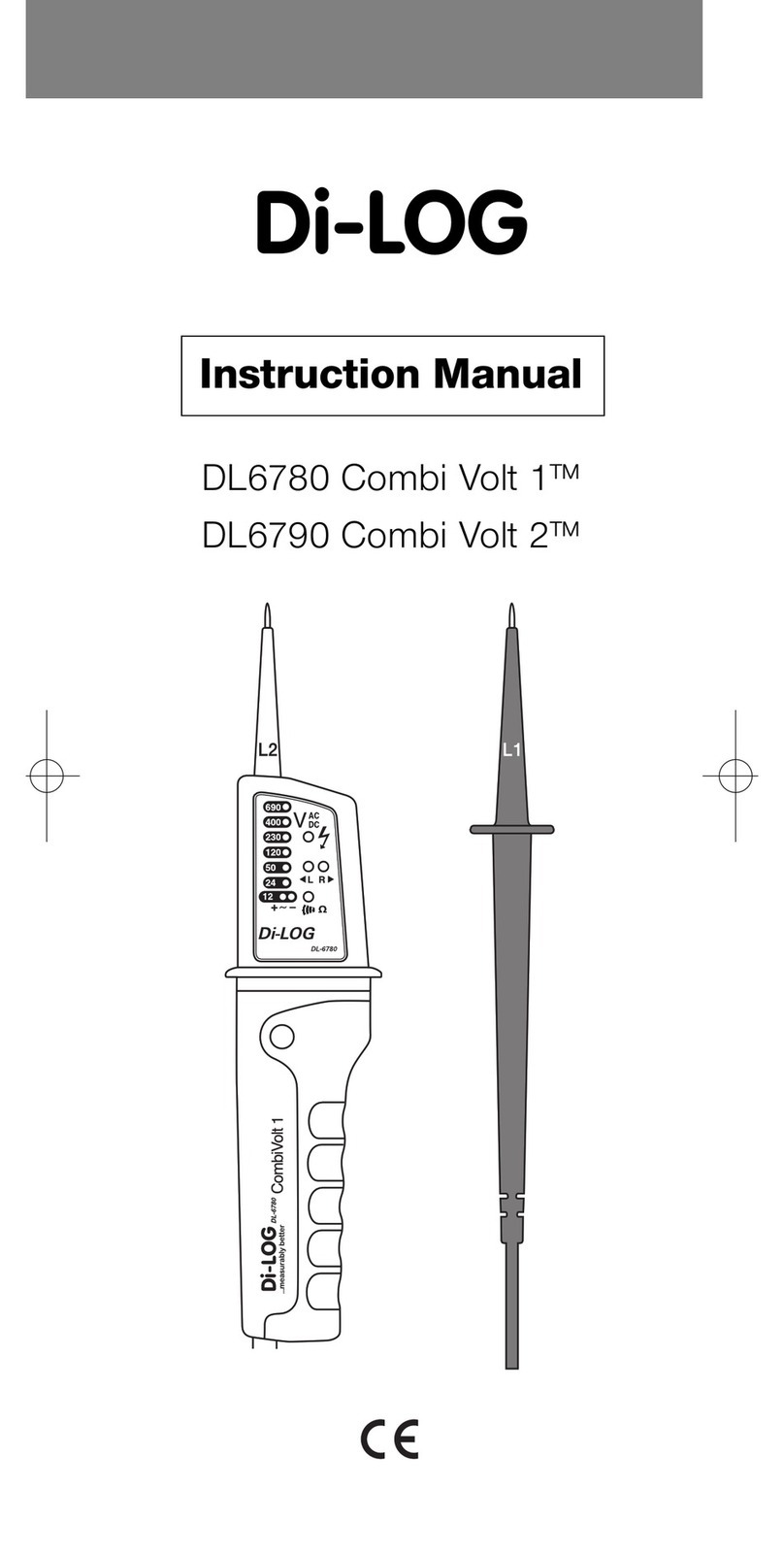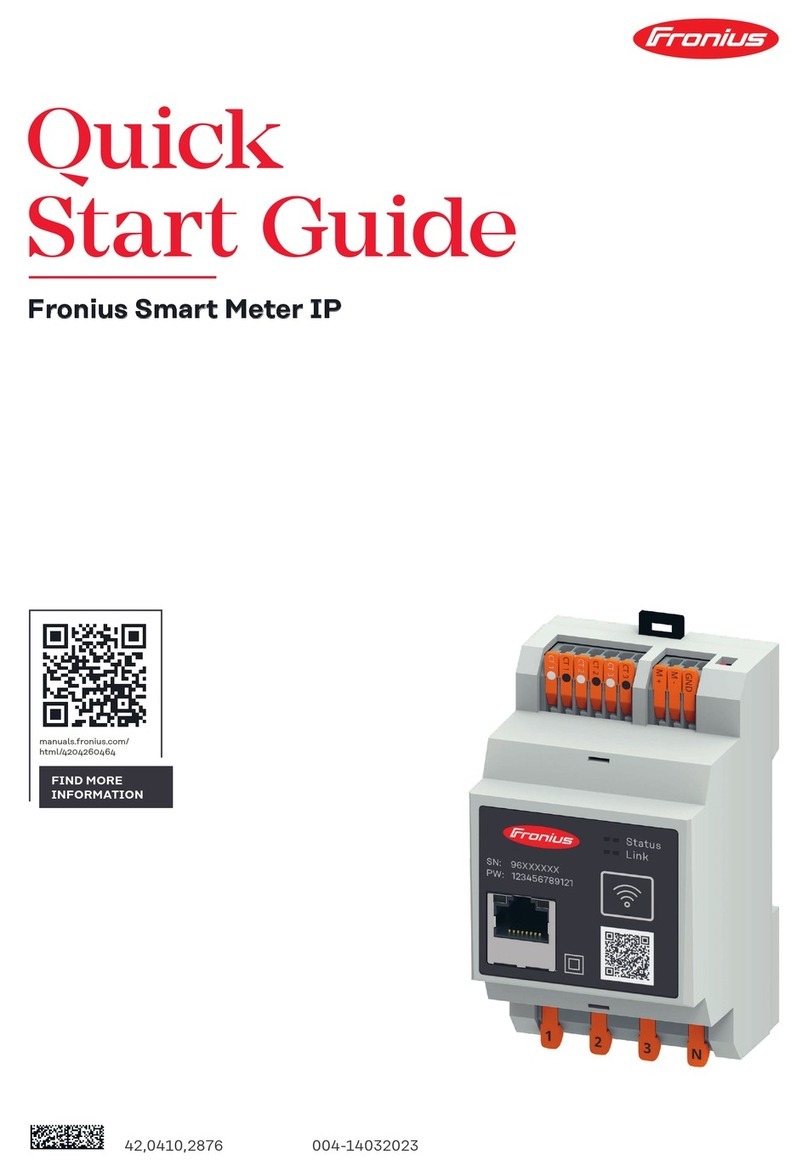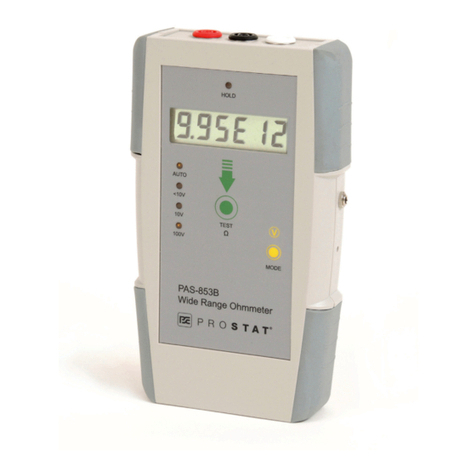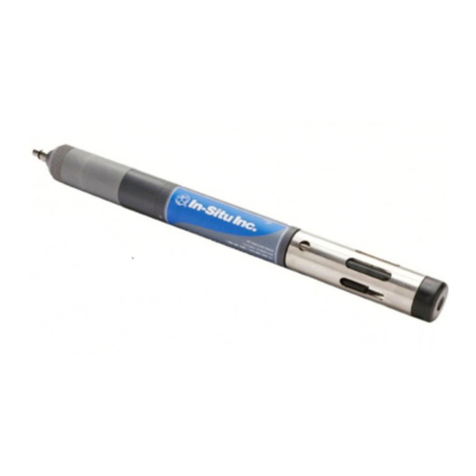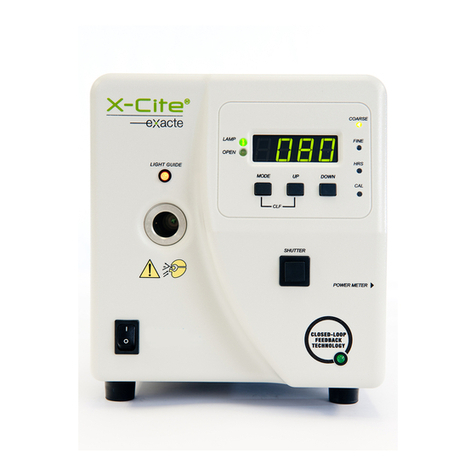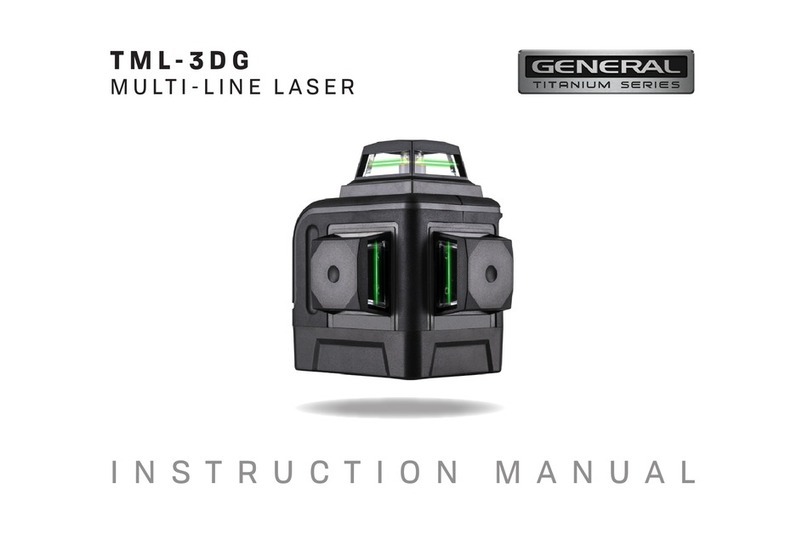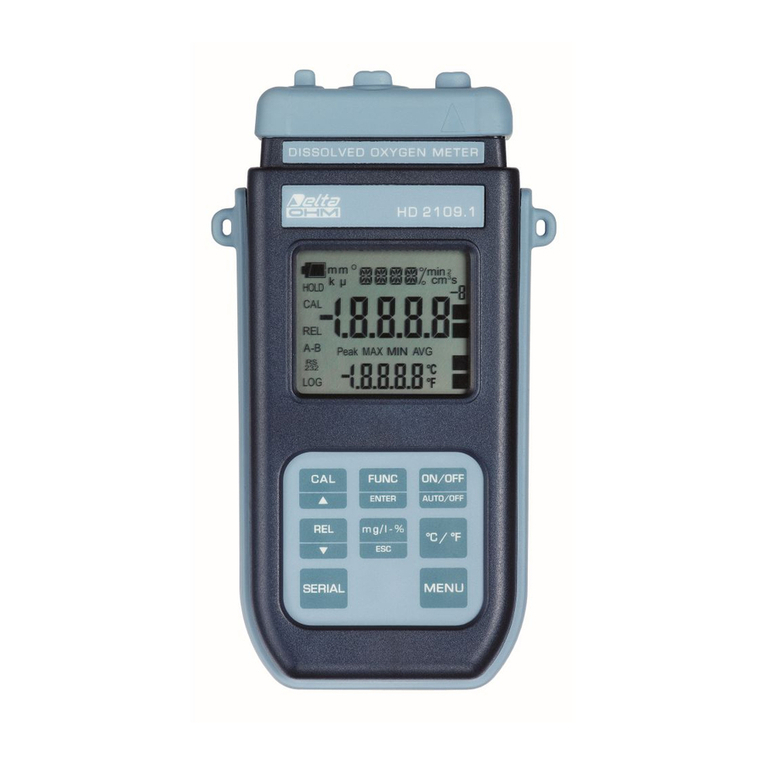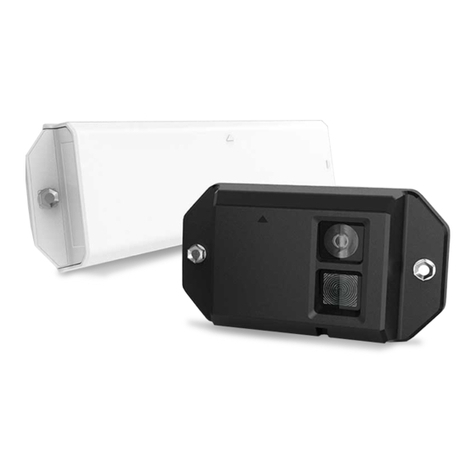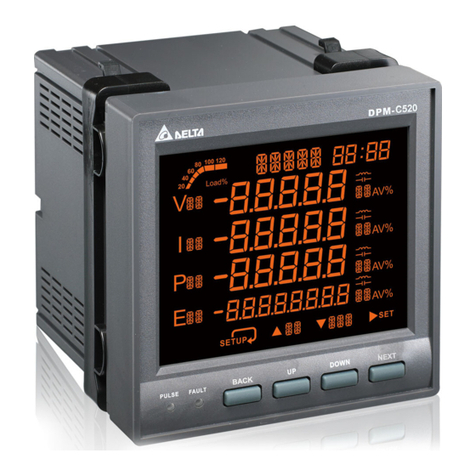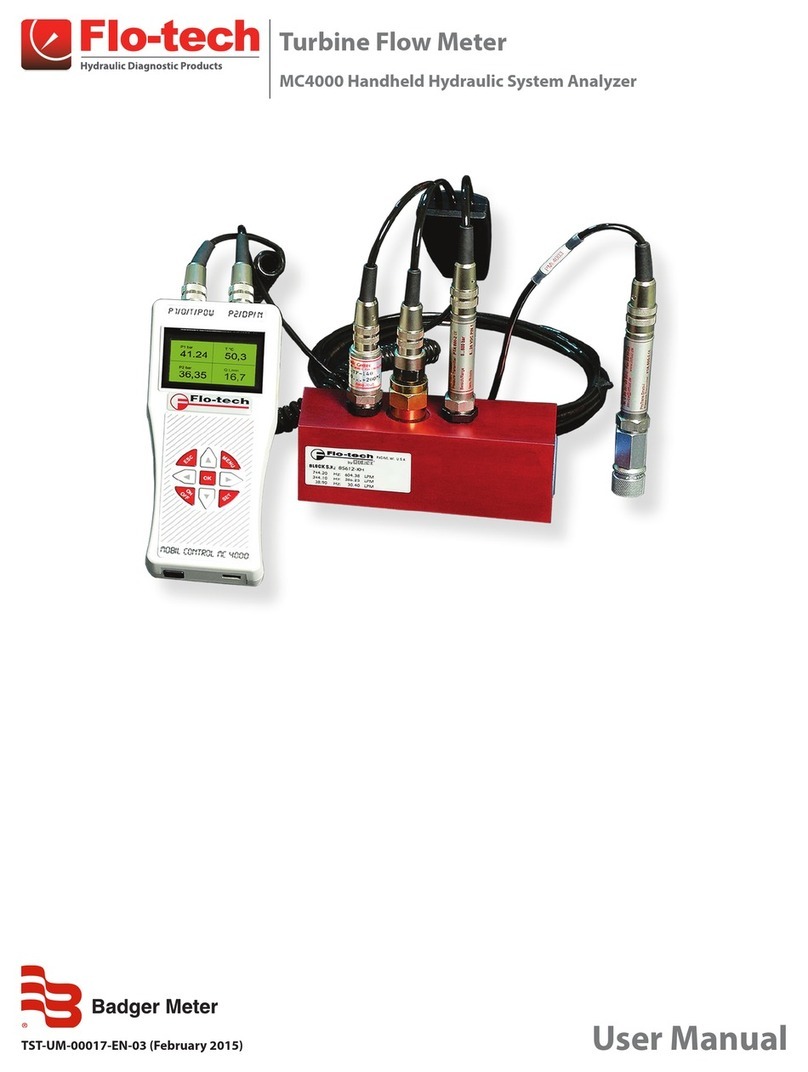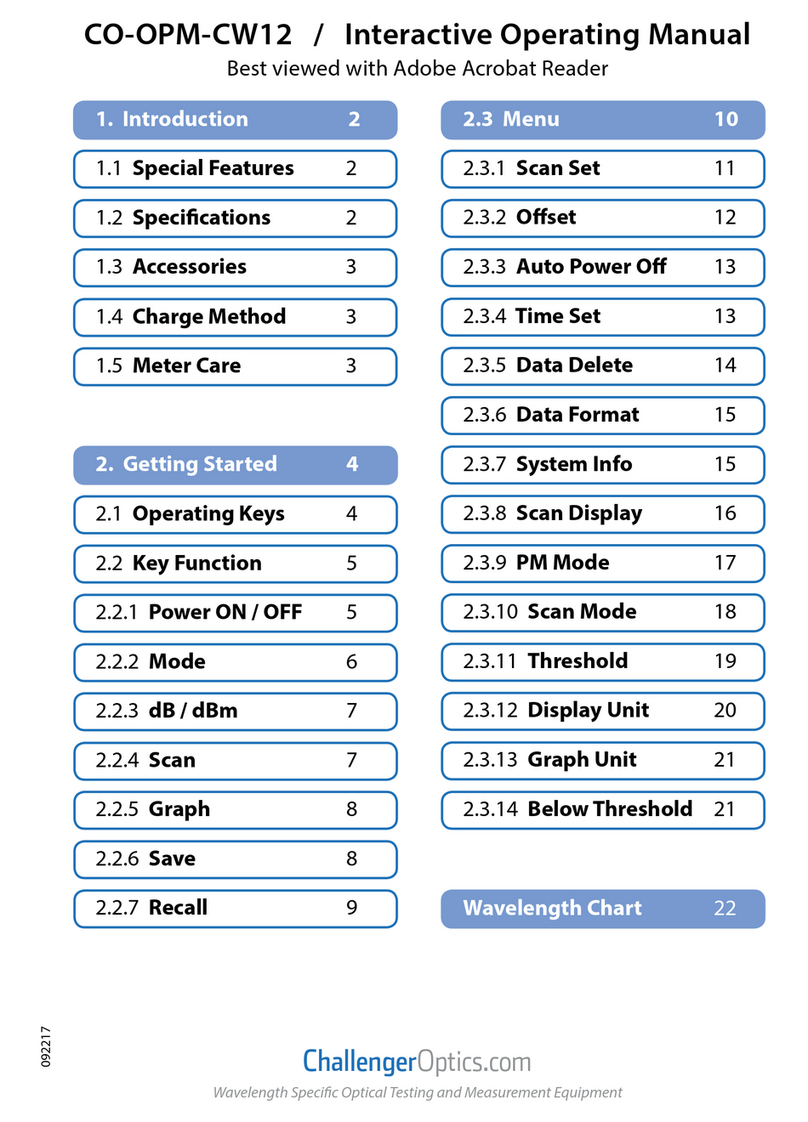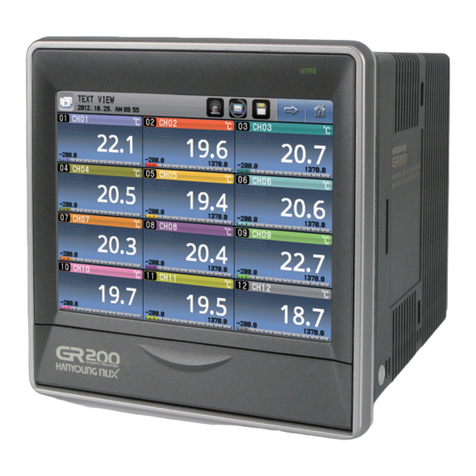Dilog DL6507 User manual

Warranty & Maintenance
DL6507 AC LEAKAGE CURRENT
CLAMP METER
operating manual
Di-Log Test Equipment
28 Wheel Forge Way,
Trafford Park,
Manchester
M17 1EH, UK
tel: + 44 161 87 7 0322 fax: + 44 161 877 1614
email: sales@dilog.co.uk website: www.dilog.co.uk
EN
61010-1
CAT II
600V

Introduction
Introduction / Scope of Supply
The DL6507 is a universal, multi-purpose electrical
measuring instrument. It comply with the standards
DIN VDE 0411 and EN 61010, and provide safe, reliable
operation. The clamp meter is a valuable tool for all
sorts of measurements in both trade and industry.
• 3 ¾ digit liquid-crystal display
• Manual range selection for current, voltage,
resistance measurements
• Clamp opening 30 mm
• Switches off automatically
• Integral memory for readings
• Evaluates MIN/MAX values
• Zero-setting
• Relative value function
The Clamp Meter DL6507 is supplied complete with
leads. After unpacking, check that the instrument is
complete, and that all accessories are present.
Scope of supply:
1 pce Clamp Meter DL6507
2 pce. test leads with probes (red/black)
2 pce. battery 1,5V IEC LR6
1 pce. holster
1 pce. Instruction Manual

Introduction
References marked on instrument or
in instruction manual:
Warning of a potential danger, comply with
instruction manual.
Reference. Please use upmost attention.
Caution! Dangerous voltage. Danger of
electrical shock.
Symbol for the marketing of electrical and
electronic equipment (WEEE Directive 2002/96/EC).
Continuous double or reinforced insulation
complies with category II IEC 536.
Conformity symbol, the instrument complies with
the valid directives. It complies with the EMV
Directive (89/336/EEC), Standards EN 50081-1
and EN 50082-1 are fullled. It also complies with
the Low Voltage Directive (73/23/EEC), Standard
EN 61010-1 is fullled.
The instruction manual contains information
and references, necessary for safe operation and
maintenance of the instrument.
PRIOR TO USING THE INSTRUMENT THE USER IS KINDLY
REQUESTED TO THOROUGHLY READ THE INSTRUCTION
MANUAL AND COMPLY WITH IT IN ALL SECTIONS.
Failure to read the instruction manual or to
comply with the warnings and references
contained herein can result in serious bodily
injury or instrument damage.
Safety Information

Safety Information
Transport and Storage
Please keep the original packaging for later transport,
e.g. for calibration. Any transport damage due to
faulty packaging will be excluded from warranty claims.
In order to avoid instrument damage, it is advised to
remove batteries when not using the instrument over
a certain time period. However, should the instrument
be contaminated by leaking battery cells, you are
kindly requested to return it to the factory for cleaning
and inspection.
Instruments must be stored in dry and closed areas.
In the case of an instrument being transported in
extreme temperatures, a recovery time of minimum 2
hours is required prior to instrument operation.
Safety
The Clamp Meter DL6507 has been manufactured
and tested to comply with the safety regulations
for electronic measuring equipment contained in
DIN VDE 0411 and EN 61010, and left our works in a
safe condition.
To maintain this condition, the user must observe the
safety instructions contained in this Instruction Manual.
To avoid electric shock, safety measures must
be observed when working with voltages higher
than 120 V (60 V) DC or 50 V (25 V) RMS AC.
The values in brackets apply to medical and
agricultural applications.

Safety Information
Before each measurement make sure that the
test leads and the instrument are undamaged.
Only handle test leads and probes on the grips
provided. Avoid touching probes under any
circumstances.
The relevant safety regulations for electrical
plant and equipment must be observed during
all operations.
The instrument must only be used in the
specied ranges.
Before opening the instrument, it must be
disconnected from all circuits.
Protect the instrument from prolonged exposure
to direct sunlight.
Appropriate Usage
The instrument may only be used under those
conditions and for those purposes for which it was
conceived. For this reason, in particular the safety
references, the technical data including environmental
conditions and the usage in dry environments must
be followed.
The instrument may only be opened by an
authorised service technician, e.g. for fuse
replacement.
Safety Information

Controls and Inputs
Controls and Connections
1. Induction coil (clamp)
2. Selector switch, for type of measurement
3. Data hold button, to memorise reading
4. MIN/MAX value
5. Zero setting / relative value function
6. Frequency range select switch
7. Digital display
8. Input socket, for measuring voltage and
resistance, and for continuity and diode testing
9. Battery Symbol
10. Zero Point / Relative Value Symbol
11. Hold symbol (Data Hold is active)
12. MIn/ Max Symbol
13. Continuity Symbol
14. Analogue Bargraph

Controls and Inputs Controls and Inputs
6
2
4
1
5
7
3
8

Operating Instructions
Preparation and safety measures
Fitting the battery
Before using the instrument, the battery must be
tted. This is carried out as follows:
• Separate the instrument from any circuit, and
remove the test leads.
• Open the housing by removing the screw on
the rear face.
• Fit a new battery (type 9 V IEC LR6), taking care that
the polarity is correct. Make sure that no wires are
trapped between the 2 halves of the housing, and
close it again.
• The instrument is now ready for use.
The selector switch must be turned to the
desired type of measurement before the probes
are connected to the circuit.
Before switching to a new function, the probes
must always be removed from the circuit.
Use the instrument only if clean and dry
surroundings. Dirt and moisture reduce the
effectiveness of the insulation, with consequent
danger of electric shock, especially when dealing
with high voltages.

Operating Instructions
Use the instrument only if the specied ranges.
Before making measurements, verify that the
instrument is functioning properly, for example by
testing on a known voltage or current. Make sure
that the test leads are undamaged.
Current Measurements
Never measure currents in uninsulated
conductors carrying more than 250 V!
Only handle test leads and probes on the grips
provided. Avoid touching the probes under any
circumstances.
• Turn selector switch (2) to “[AC]”
• Open the clamp, and close it round the conductor.
Make sure that the clamp properly encircles the
conductor, and that there is no air gap between
the jaws.
If the display is not visible during measurement,
press the “HOLD” button (3) to retain the
display. The clamp can then be removed from
the conductor and the stored value read.
Operating Instructions

Operating Instructions
Voltage measurements
Do not connect more than 600 V AC / DC to
the input sockets. Exceeding these values can
endanger the operator, and may result in
damage to the instrument.
Before switching to a new function, disconnect
the probes from the circuit.
Only handle test leads and probes on the grips
provided. Avoid touching the probes under
any circumstances.
• Turn selector switch (2) to 400V
• Plug the black test lead into the “COM” socket and
the red lead into the “VΩ” socket
• Connect the probes to the circuit and read
the display
If the display is not visible during measurement,
press the “HOLD” button (3) to retain the display.
The probes can then be removed from the
conductor and the stored value read.

Operating Instructions
Resistance measurements
Disconnect the circuit from all sources of supply
and check that it is at zero voltage.
• Turn selector switch (2) to “VΩ”
• Plug the black test lead into the “COM” socket and
the red lead into the “+” socket
• Connect the probes to the circuit and read the
display
If the display is not visible during measurement,
press the “HOLD” button (3) to retain the display.
The probes can then be removed from the
conductor and the stored value read.
MIN/MAX and peak values
The MIN/MAX button can be used to nd either the
largest or the smallest value of a series of measurements.
Pressing the MIN/MAX button activates rst the MIN
mode, so that the smallest value is selected. Pressing it a
second time changes to MAX mode, for the largest value.
Pressing the button a third time returns the instrument
to normal operation.
6.0 Maintenance
Provided it is used in accordance with the Instruction
Manual, the instrument needs no special maintenance.
Operating Instructions

Operating Instructions
Cleaning
If the instrument is dirty after daily usage, it is
advised to clean it by using a humid cloth and a
mild household detergent.
Prior to cleaning, ensure that instrument is switched
off and disconnected from external voltage supply
and any other instruments connected (such as circuit,
control instruments, etc.).
Never use acid detergents or dissolvants for cleaning.
Changing the battery
If the symbol for Battery appears in the upper left
corner of the display, the battery must be changed.
This is carried out as follows:
• Remove the DL6507 from any circuit, and remove
the test leads.
• Switch the instrument off
• Open the housing by removing the 3 screws on
the rear face.
• Remove the old battery
• Fit a new battery (type 9 V IEC LR6), taking care that
the polarity is correct. Make sure that no wires are
trapped between the 2 halves of the housing, and
close it again.
• The instrument is now ready for further use.

Operating Instructions
PLEASE CONSIDER YOUR ENVIRONMENT WHEN YOU
DISPOSE OF YOUR BATTERIES. THEY BELONG IN A
RUBBISH DUMP FOR HAZARDOUS WASTE.
If an instrument is not used over an extended time
period, the batteries must be removed. Should the
instrument be contaminated by leaking battery
cells, the instrument has to be returned for cleaning
and inspection to the factory.
Calibration Interval
The instrument has to be periodically calibrated by our
service department in order to ensure the specied
accuracy of measurement results. We recommend a
calibration interval of one year.
Maintenance

Technical Data
Technical data
(at 23° C % 5° C, max. 75 % rel. humidity)
Display:
3¾, LCD incl. functions and symbols
Bargraph:
40 segments
Range Selection:
manual/ frequency: automatic.
Auto-Power-Off: approx. 30 min.
The device can be turned on after ca. 10 seconds.
Overload Indication:
The left digit is blinking
Measuring rate:
20 measurements/sec. (Bargraph)
2 measurements/sec. (LCD)
Max. Conductor size: ca. 30 mm
Overvoltage Category: CAT II, 600 V
Pollution degree: 2
Height above MSL.: Up to 2000 m
Battery display: At low battery
Power supply: Battery 1,5 V IEC LR6 (alkaline)
Current Consumption: Approx. 10 mA

Technical Data
Operation temperature: -10° C … 50° C
Storage temperature: 20° C … 60° C
Humidity: < 75 % relative humidity
Dimension: 183 x 63,6 x 35,6 mm
Weight: ca. 190g
Current AC
Range Resolution Accuracy
50 Hz/60 Hz 40 Hz … 1 kHz
AC A 0 – 40 mA 10 μA ±(1,5 % rdg. +3 D) ±(2,0 % rdg. +5 D)
AC A 0 – 400 mA 100 μA ±(1,5 % rdg. +3 D) ±(2,0 % rdg. +5 D)
AC A 0 – 4 A 1 mA ±(1,5 % rdg. +3 D) ±(2,0 % rdg. +5 D)
AC A 0 – 40 A 10 mA ±(1,5 % rdg. +3 D) ±(2,0 % rdg. +5 D)
AC A 0 – 50 A 0,1 A ±(1,5 % rdg. +5 D) ±(2,0 % rdg. +5 D)
AC A 50 – 60 A 0,1 A ±(3,0 % rdg. +5 D) ±(3,5 % rdg. +5 D)
Voltage AC
Range Resolution Accuracy
50 Hz/60 Hz 40 Hz … 1 kHz
0...400 V 0,1 V ±(1,0 % rdg. +3 D) ±(2,0 % rdg..± 4 D)
Resistance
Range Resolution Accuray Overload Protection
400 Ω 0,1 Ω ±(1 % rdg.+3 D) 600 V AC
Continuity
Range Resolution Beep Overload Protection
40-400 Ω 0,1 Ω < 38,0 Ω 600 V AC
Technical Data

Warranty & Maintenance
Di-Log Test Equipment
28 Wheel Forge Way,
Trafford Park,
Manchester
M17 1EH, UK
tel: + 44 161 87 7 0322 fax: + 44 161 877 1614
email: [email protected] website: www.dilog.co.uk
24 Month Warranty
Di-Log instruments are subject to stringent quality controls.
If in the course of normal daily use a fault occurs we will
provide a 24 month warranty (only valid with invoice).
Faults in manufacture and materials defect will be rectied
by us free of charge, provided the instrument has not been
tampered with and returned to us unopened.
Damage due to dropping abuse or misuse is not covered by
the warranty.
Outside the warranty period we offer a full repair and
re-calibration service.
Maintenance
WARNING Do not attempt to repair or service your meter
unless you are qualied to do so and have the relevant
calibration, performance test and service information.
To avoid electrical shock or damage to the meter do not
get water inside the case.
Periodically wipe the case with a damp cloth and mild
detergent. Do not use chemical solvent.
Clean the input terminals with cotton bud, as dirt or moisture
in the terminals can affect readings.
Table of contents
Other Dilog Measuring Instrument manuals

Dilog
Dilog DL7030 User manual
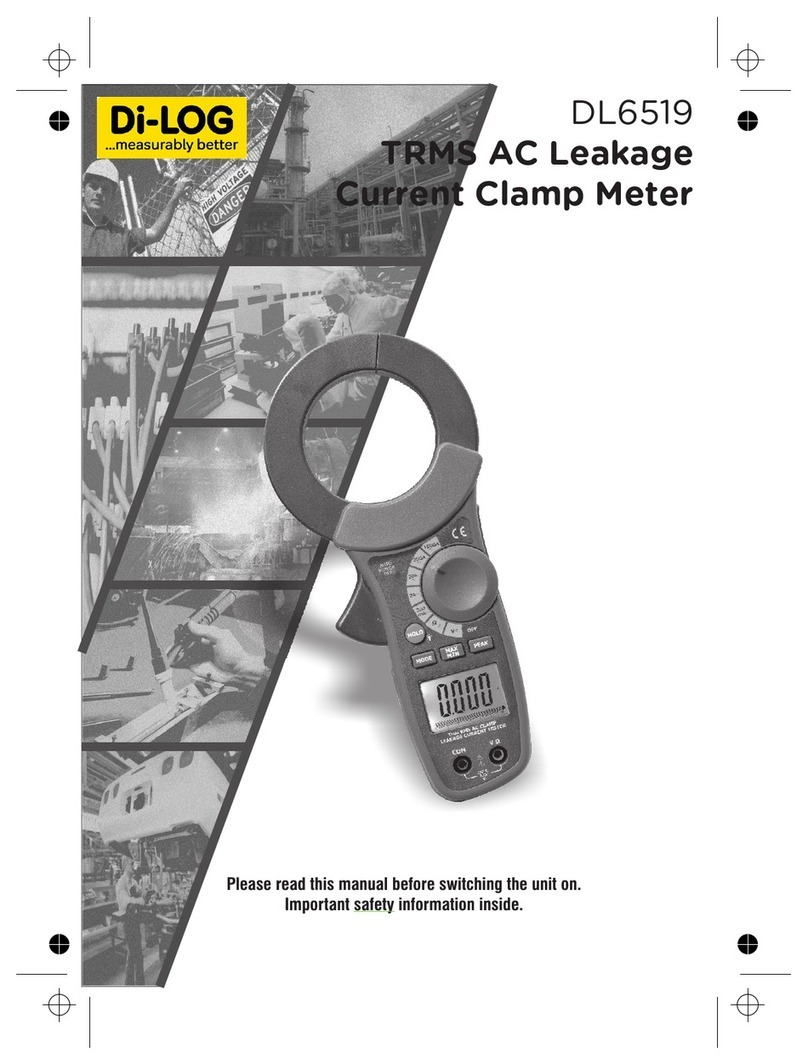
Dilog
Dilog DL6519 User manual
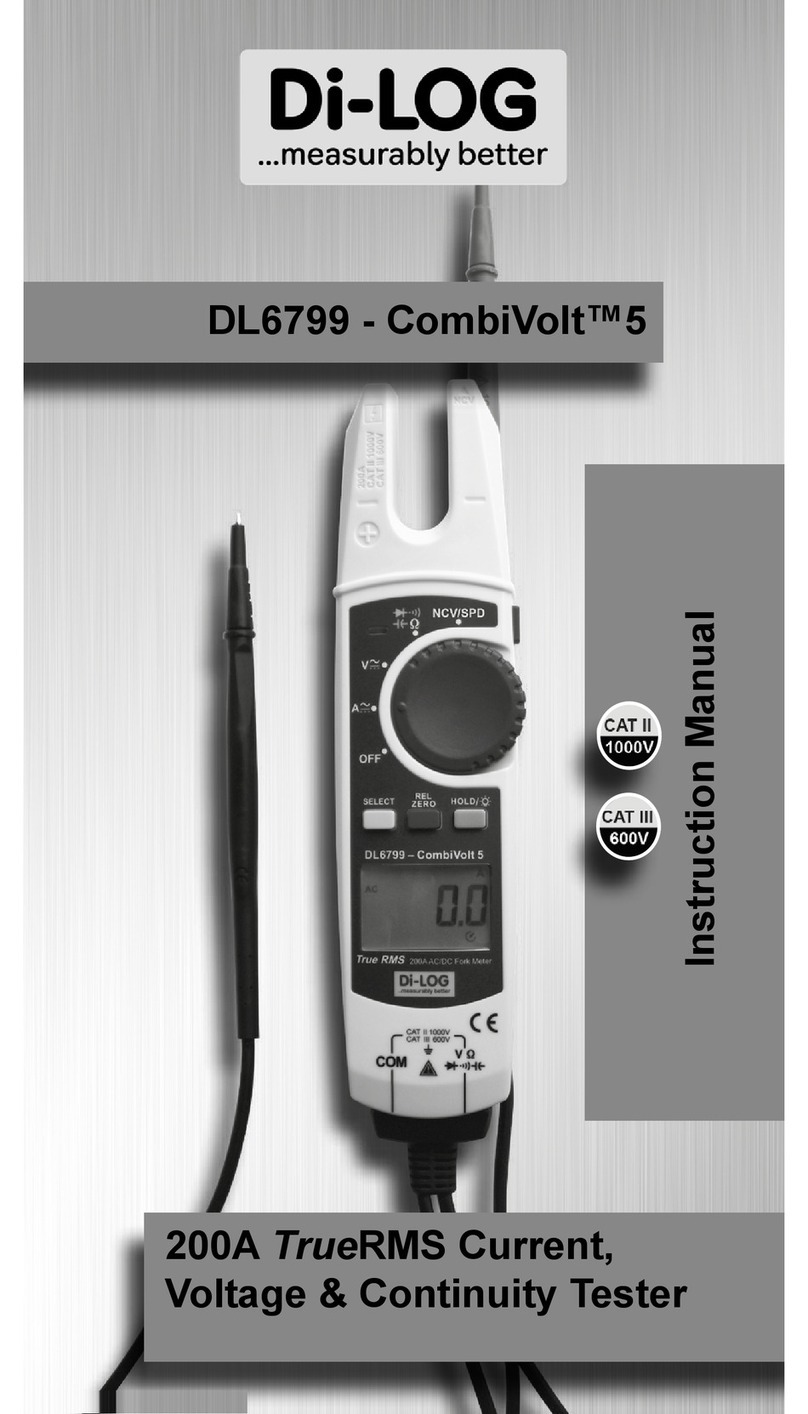
Dilog
Dilog DL6799 User manual
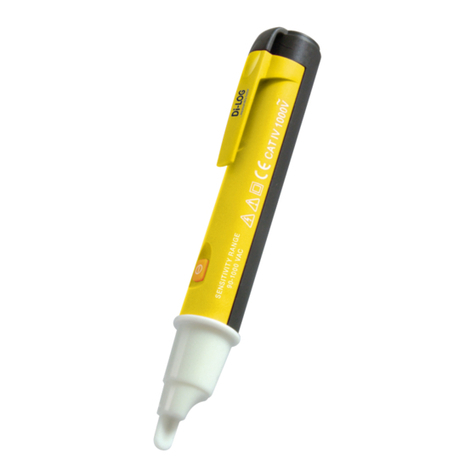
Dilog
Dilog PL107N User manual
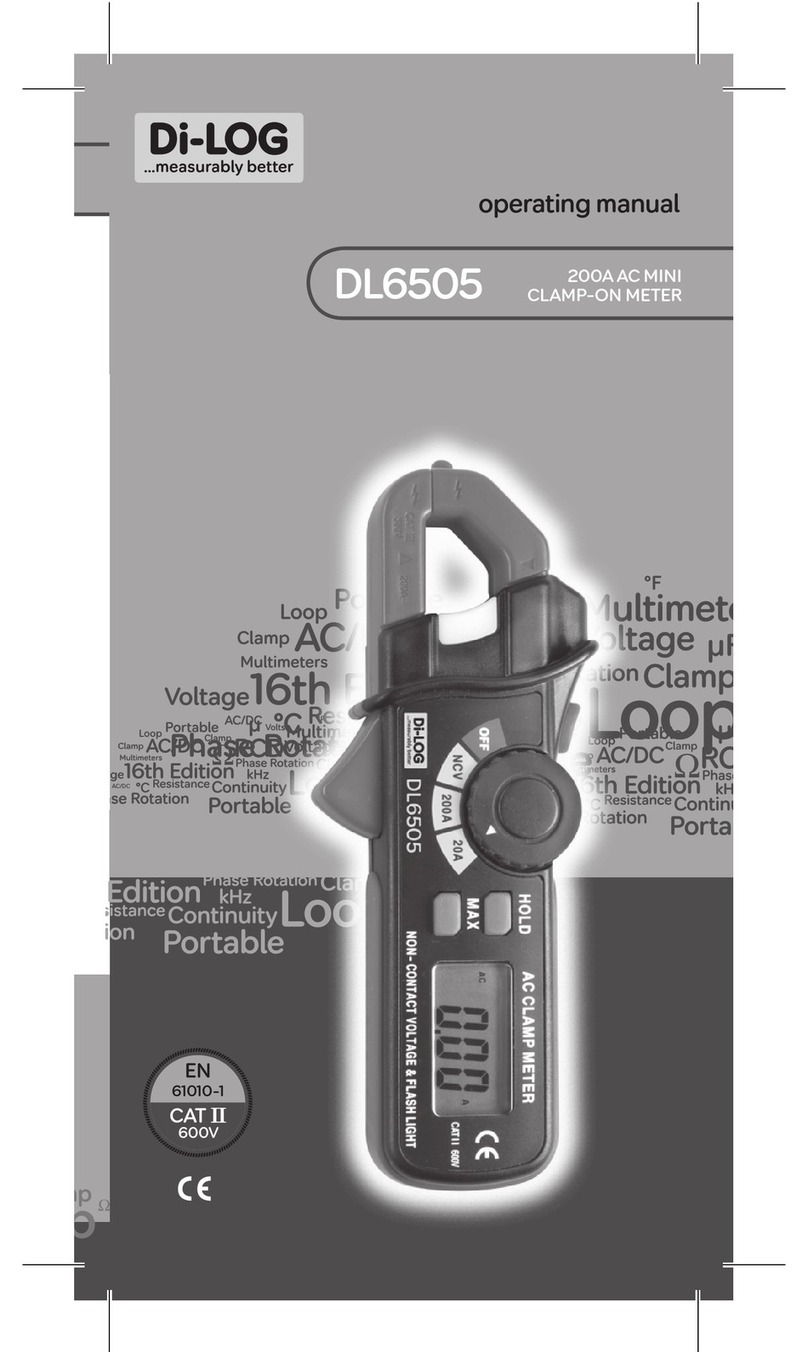
Dilog
Dilog DL6505 User manual
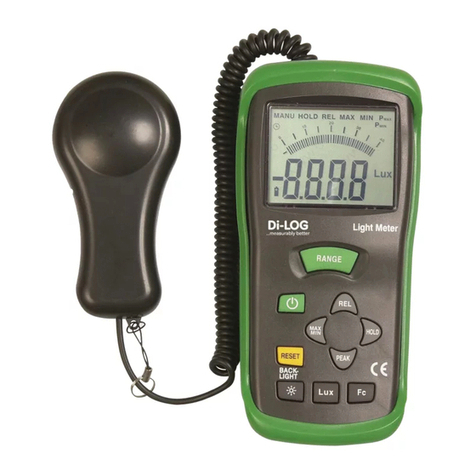
Dilog
Dilog DL7040 User manual
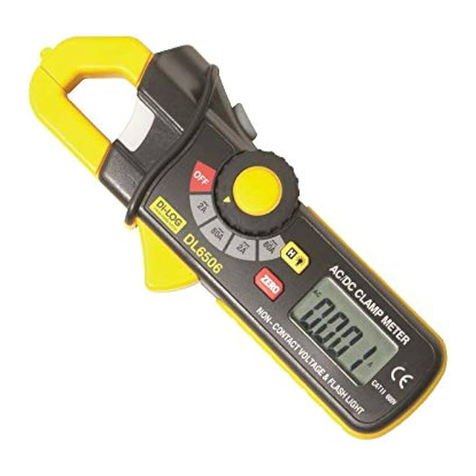
Dilog
Dilog DL6506 User manual
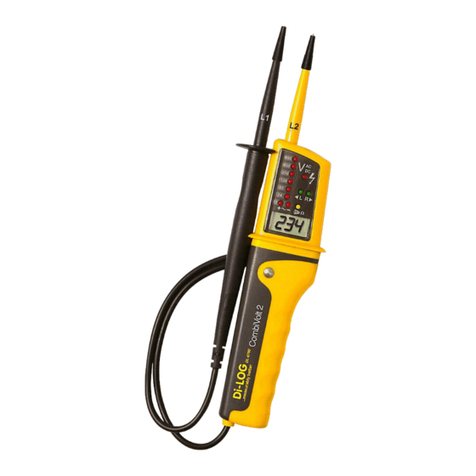
Dilog
Dilog CombiVolt DL6780 User manual
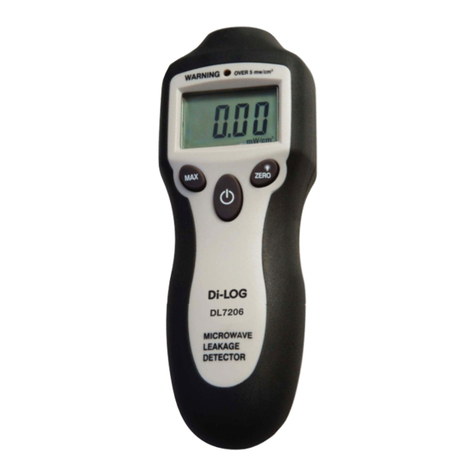
Dilog
Dilog DL7206 User manual
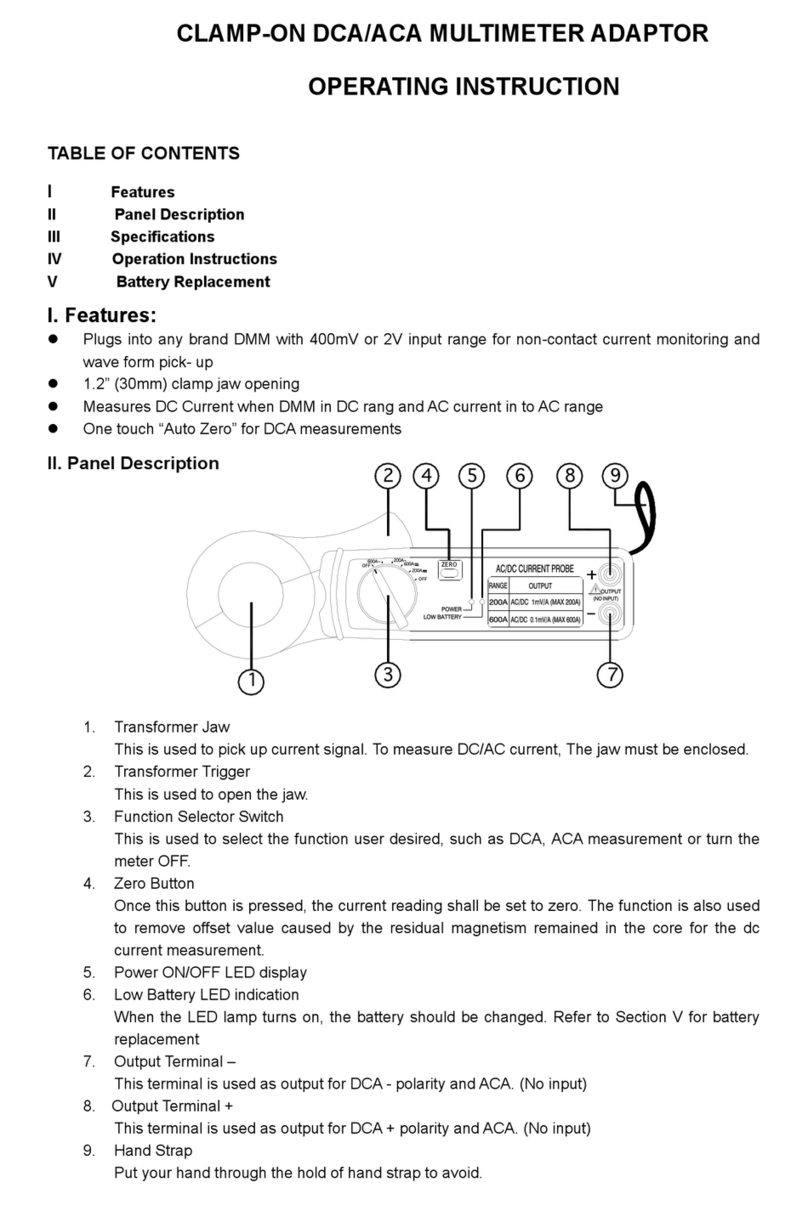
Dilog
Dilog DL6702 User manual
Popular Measuring Instrument manuals by other brands

Endress+Hauser
Endress+Hauser LT5 Brief operating instructions

Blue-White
Blue-White F-420 Series installation instructions

Milwaukee
Milwaukee PH55 user manual
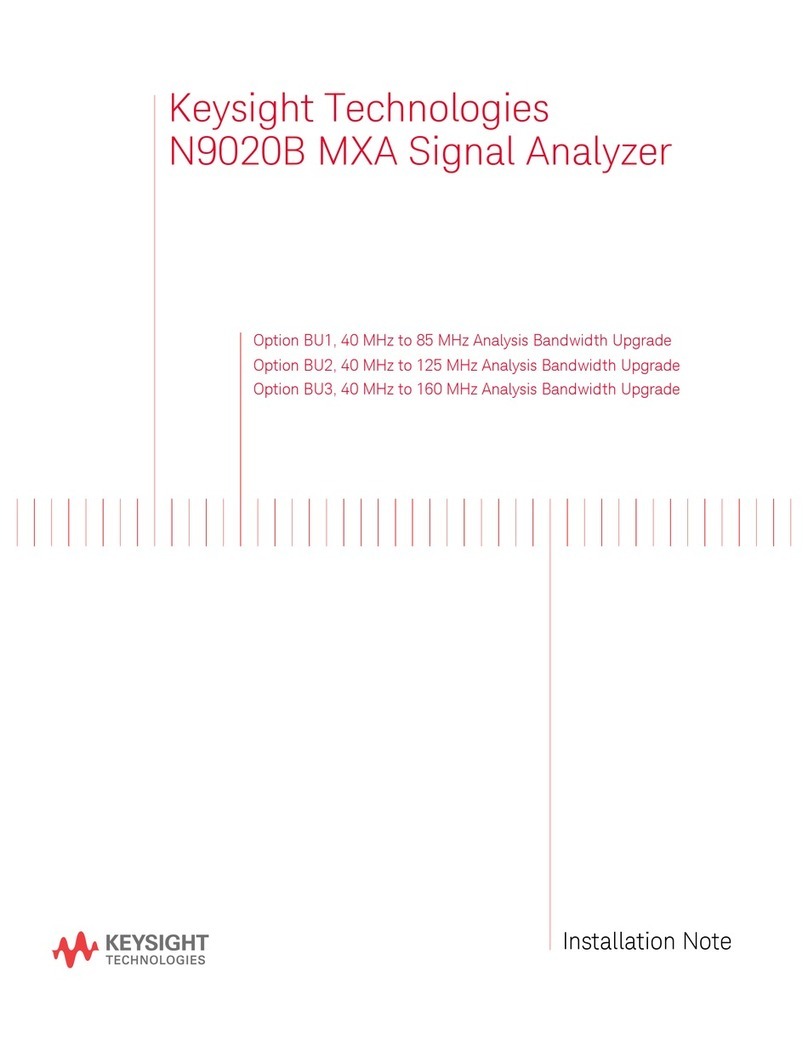
Keysight Technologies
Keysight Technologies N9020B Installation note
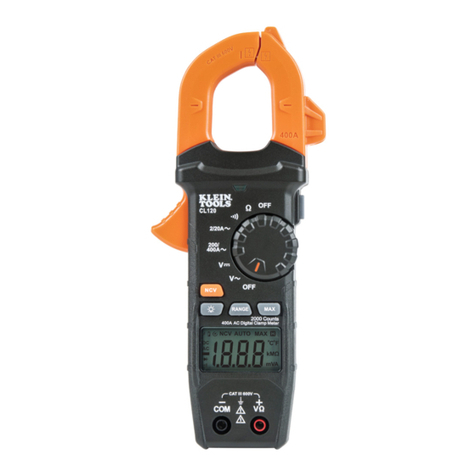
Klein Tools
Klein Tools CL120VP instruction manual
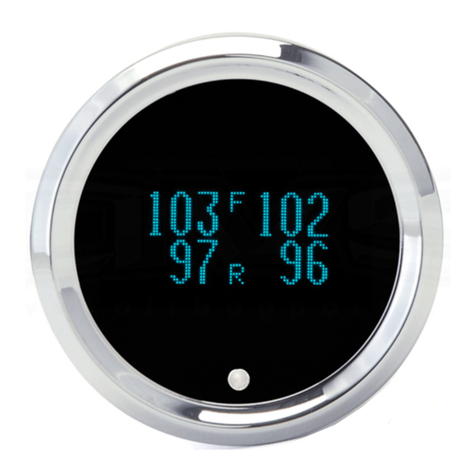
Dakota Digital
Dakota Digital Odyssey ODYR-19-5 manual
